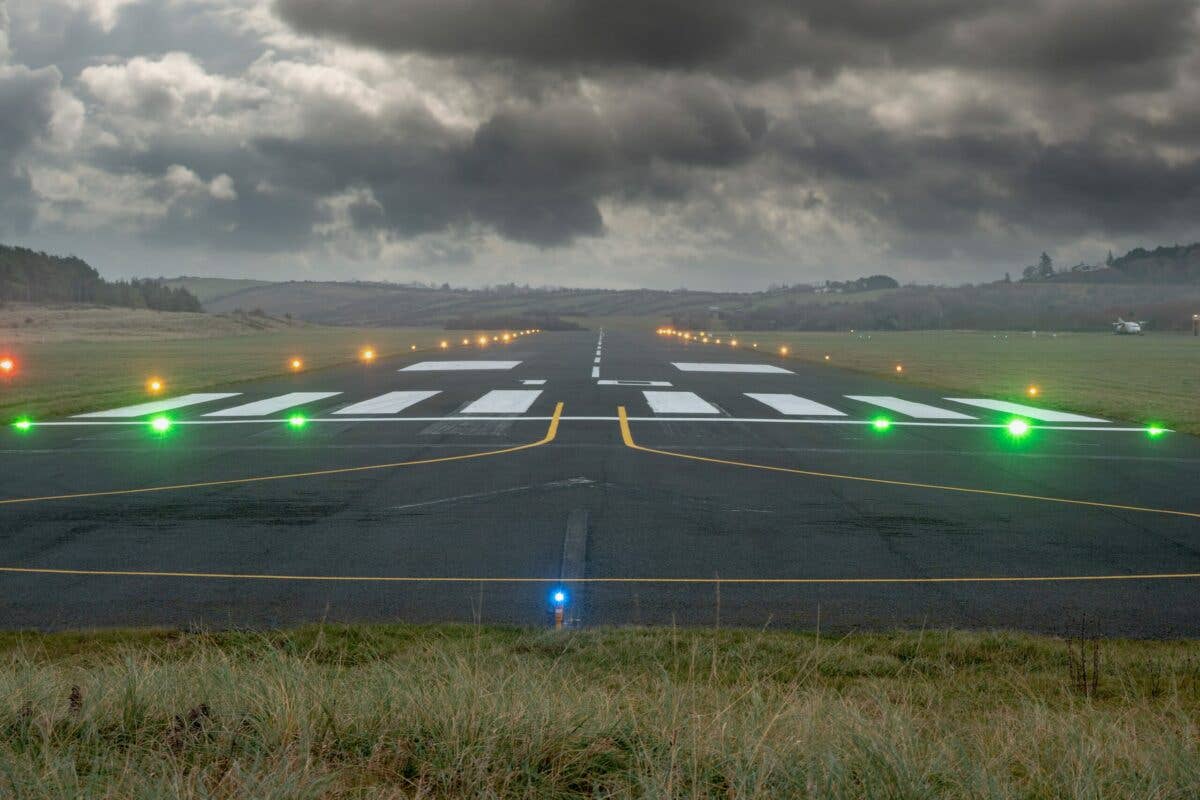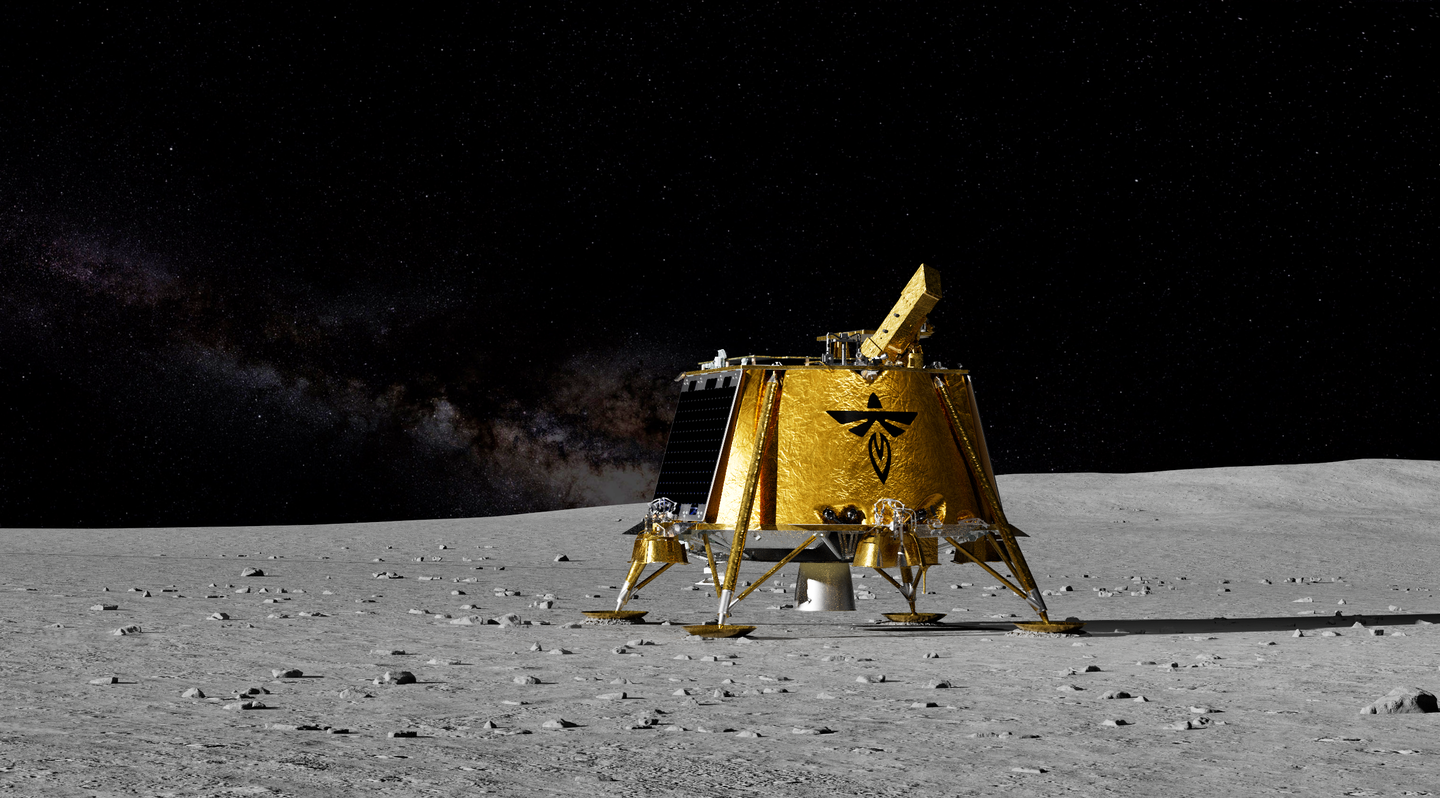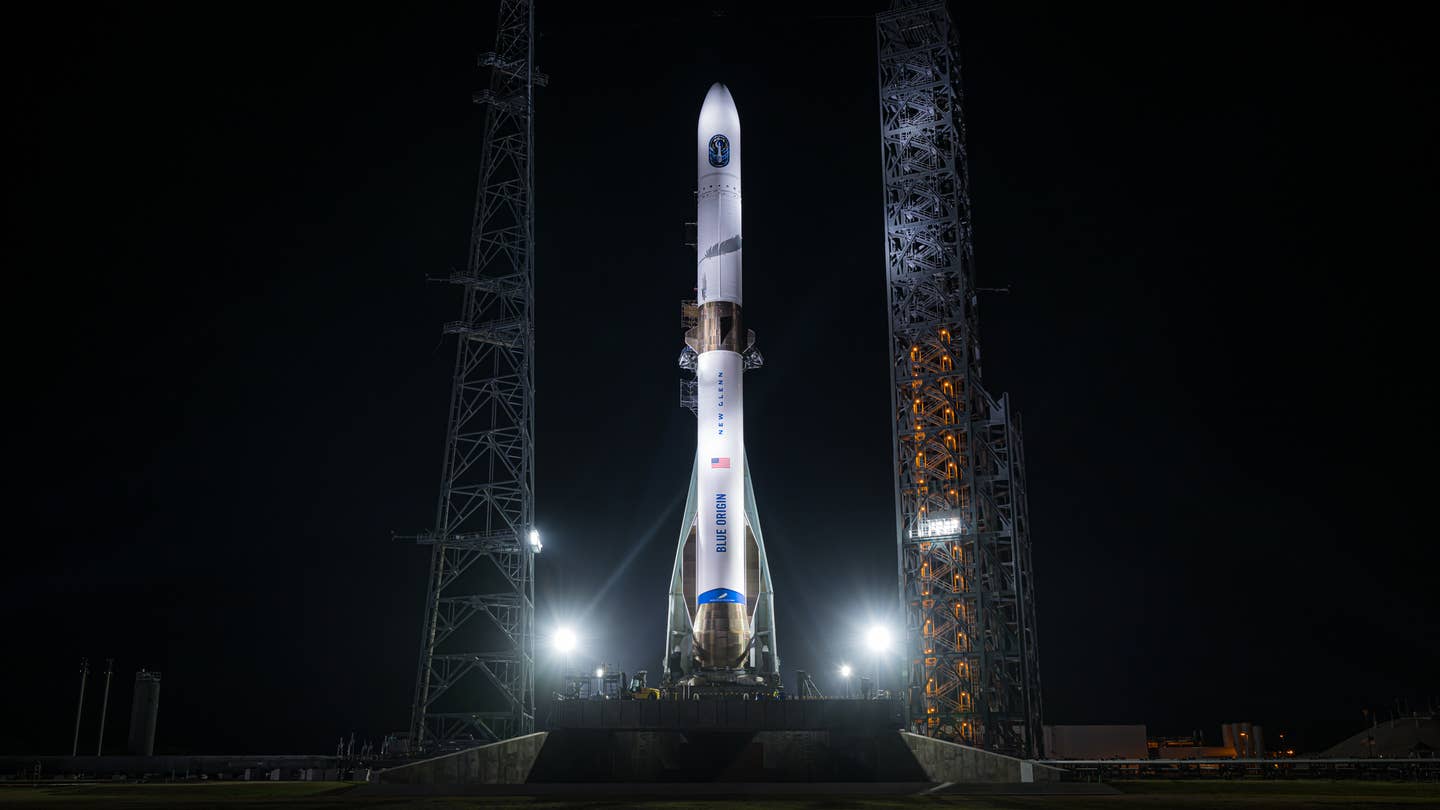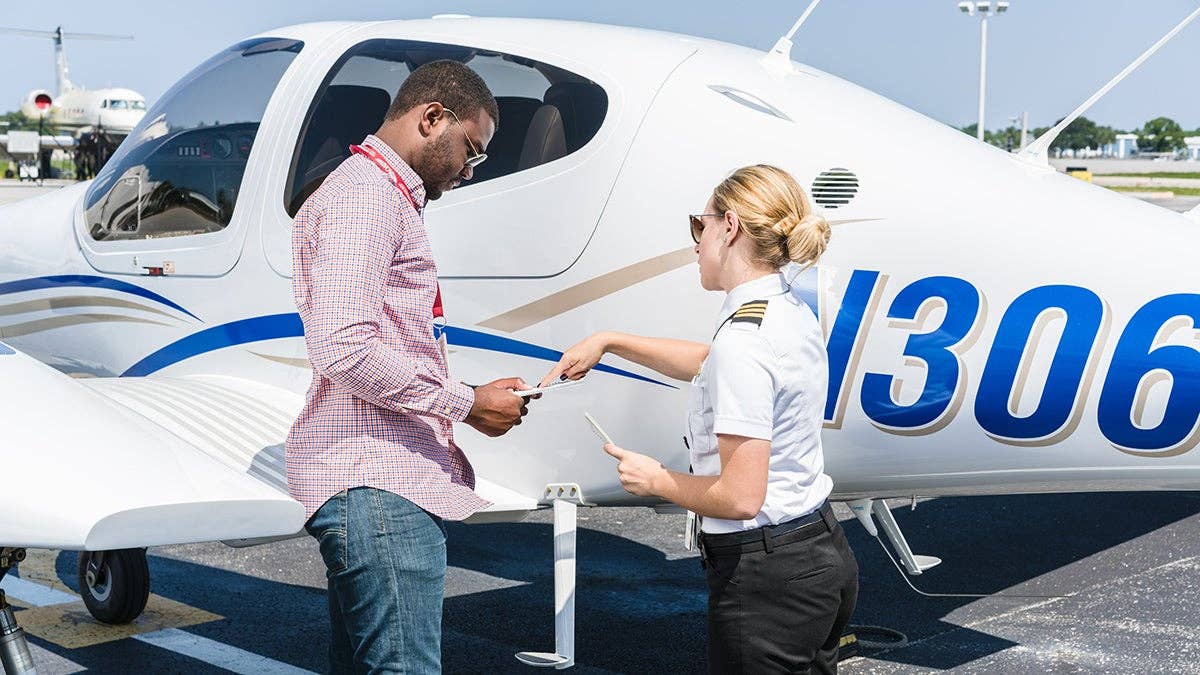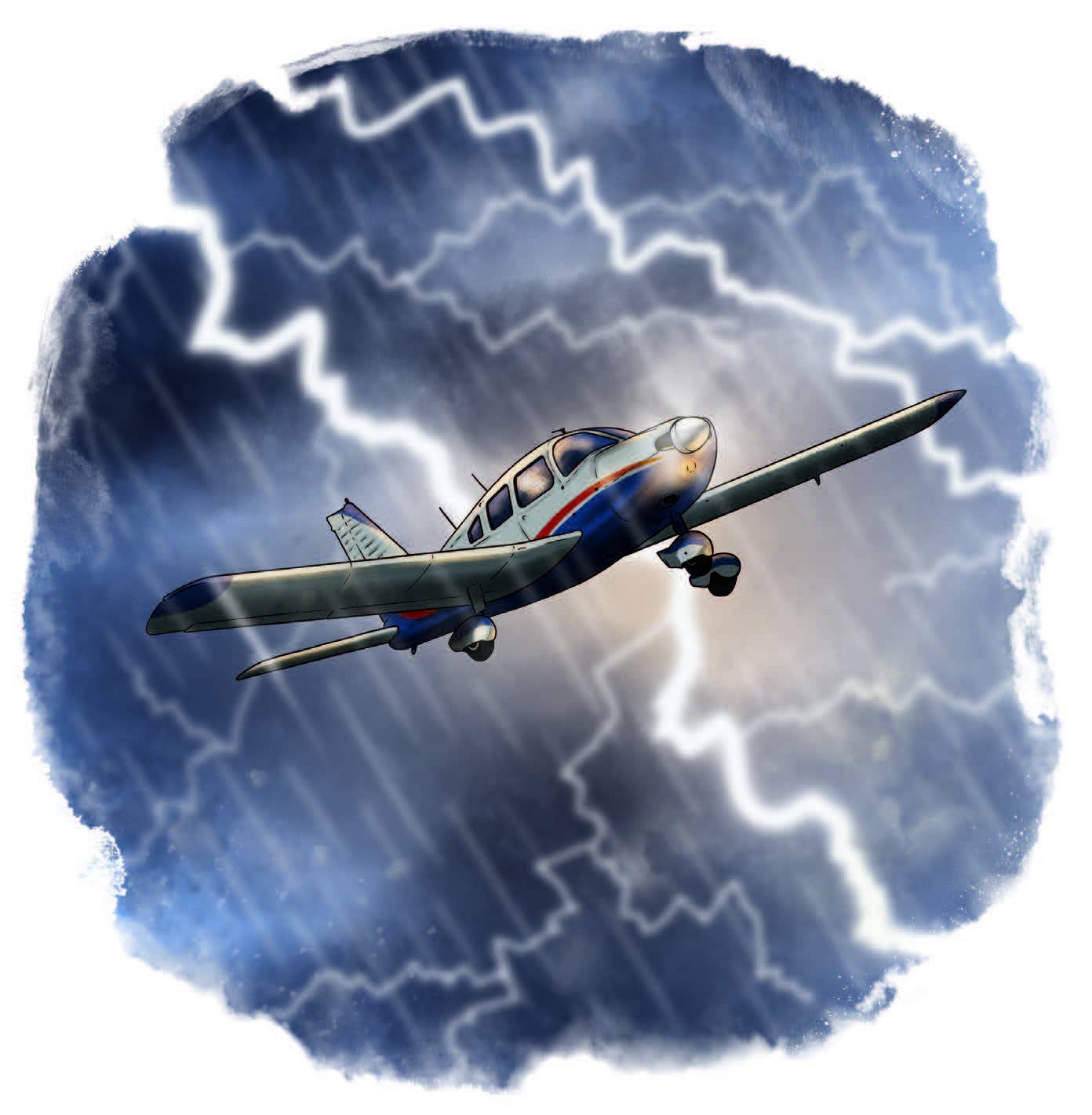
I went to a Catholic grammar school (where they actually taught grammar, by the way -- a dying art). The Sisters of the Holy Cross, always eager to tamp down heresy among the 10-year-olds, dealt with the conundrum of evil and God's will (if God is all-good, why does He allow bad things to happen?) by the example of two trains heading in opposite directions on the same track, but hidden from one another by a hill. A human observer atop the hill sees the disaster impending, but is powerless to prevent it. God, on the other hand, sees all, and has the power. Why does He not act?
Unfortunately, I've forgotten the punch line. I suspect it must have had something to do with our not understanding the big picture. This was the '50s; maybe there was a communist on one of the trains.
Anyway, intervening in the lives and affairs of our fellow human beings has always been difficult. When, and how, do we take away Grandpa's car keys? Has the time come to jeopardize our lifelong friendship with Sally by telling her she's drinking too much? Should teenaged Josh be forbidden to hang out with Josh (everybody is named Josh these days), or should we gamble that he will figure it out for himself before he becomes a meth addict?
Such questions are all but impossible to answer. You only hope that it never becomes necessary to say, "If I had only known!"
In October 2007 a 63-year-old instrument-rated private pilot, who was both a priest and the owner of a four-seat J Bonanza, borrowed the five-seat A36 Bonanza of a friend (the A36, normally fitted with six seats, had only five, according to the National Transportation Safety Board) to transport four members of a family from Tulsa, Oklahoma, to Houston, Texas. It would be a 385 nm flight, heading almost due south. The pilot was quite familiar with the A36, having logged 200 of his 1,500 hours in it.
The pilot had obtained the weather forecast from a DUATs site, and called Fort Worth Flight Service at 12:40 to "make sure things were holding together okay." He mentioned that he was concerned about weather "hazards," because he would have children aboard the airplane. The weather report included thunderstorms at Tulsa after 3:00, with gusty surface winds and a likelihood of moderate turbulence up to 15,000 feet. It was not the best day to take children flying, perhaps, but not the worst either.
Takeoff was planned for 1:30, but didn't actually happen until a little before 2 o'clock. By then weather was approaching from the west, and distant lightning could be seen. The wind was blowing 16 knots with occasional gusts to 29, but the tower received no reports of wind shear from arriving and departing aircraft. There were broken cloud layers at 3,400 and 4,300 feet, and the temperature was 80° F.
The A36 was cleared for takeoff at 1:57, with an IFR clearance. The tower controller watched the airplane depart and noted that the gear seemed to come up sooner "than what seemed normal," though this might be expected if the pilot were trying to build a speed cushion as rapidly as possible in view of the gusty conditions. She also noticed that the airplane did not seem to be climbing very fast. She instructed the pilot to contact departure control, but there was no response. Departure control made several attempts to contact him, likewise without success.
Radar showed the airplane climbing to about 650 agl, then beginning to descend. Its groundspeed was 70 knots, corresponding to an indicated airspeed of perhaps 90 knots.
A woman who was in her house heard an engine "spitting and sputtering." She looked out the window to see the airplane strike power lines, burst into flame, and then fall burning to the ground. A second witness gave a similar account. Two others said that the airplane was "flipping from side to side having difficulty flying."
An airframe and powerplant mechanic, himself a pilot, whose shop was at the airport, saw the airplane depart. He said that it was so windy that he could not hear the engine, but he also said that "something was clearly wrong, something was going on inside the airplane." He had witnessed thousands of airplanes taking off from Runway 19, he said, and for him to get up and run outside to watch a departure, there had to be something wrong.
A fifth witness to the takeoff was a friend of the pilot. "His gear was up and he was climbing. I remarked at the time how good the engine sounded, but how he was being buffeted by the high winds." The friend, like the pilot, whom he had known for five years, was very familiar with the A36; he had flown the accident airplane twice just the day before.
He had been with the pilot prior to his departure, and noticed that he seemed "nervous and preoccupied, not his usual self, which was normally happy and outgoing." The pilot's mood might be attributed to anxiety about the wind conditions and how his passengers would handle the flight. The friend asked him whether he could postpone the flight, but the pilot answered that he "had to go today." The pilot then asked his friend to join him in the airplane while he started the engine.
The friend's account continues, "[He] settled into the left seat, while I sat in the right. I noticed that he was staring at the instrument panel for a while, and then he asked where the magneto switches were. I thought that was a strange question, since he probably had at least 200 hours in that very airplane, plus he personally owns and flies his own Bonanza. I pointed out the appropriate switches on the far left and he turned them on. Then he couldn't find the 'starter button,' which is actually a key, and he couldn't locate the fuel boost pump for starting. After I pointed out the proper switches, he started the airplane." The friend told the pilot that he wished he were going with him on the flight. "I do too," the pilot said, "so you could help me with the flying."
They then parted, and the pilot taxied the A36 back to its hangar. It was not until shortly after he saw the A36 depart, sounding good but buffeted by wind, that the friend learned that it had struck power lines and crashed. The NTSB, whose investigators found no evidence of a mechanical malfunction, relates the strange -- and, in retrospect, premonitory -- scene in the parked A36 without comment. The probable cause of the accident, it says, was simply "the pilot's failure to maintain control of the airplane after departure."
This article is based on the National Transportation Safety Board's report of the accident and is intended to bring the issues raised to the attention of our readers. It is not intended to judge or to reach any definitive conclusions about the ability or capacity of any person, living or dead, or any aircraft or accessory.

Sign-up for newsletters & special offers!
Get the latest FLYING stories & special offers delivered directly to your inbox

